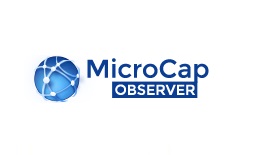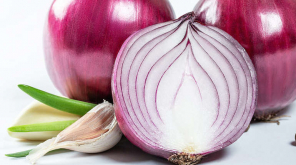ads
Superbugs Hit the International Space Station
Uma (Author) Published Date : Nov 29, 2018 13:43 ISTWorld News
Superbugs-Hit the International Space Station
International Space Station, artificial satellite in Earth low orbit, launched into orbit in 1998, with long-term residents inhabiting continuously since November 2000 and expected to operate the unit at least 2028. In Space, medical resources are limited and astronauts tend to have weaker immune systems, a potential infection could be dangerous.
According to the MoU between NASA and Rosaviakosmos, the International Space Station acts as a laboratory observatory in low Earth orbit, plans to provide transportation, maintenance for future missions to the moon, Mars and asteroids. In the year 2010, ISS was given many other roles of serving commercial, diplomatic and educational purposes. According to a new study that had been published in the journal BMC Microbiology, five bacterial strains were identified on the ISS during the regular environmental test that had been carried out by NASA.
Till date, astronauts never fell ill with these bacterial but still, there is a chance of them being infected by these superbugs, for which antibiotics have not been discovered so far. But the study says that there is a threat to the health of the future mission in the upcoming years. The reason for the bacteria to become resistant may be of two reasons. Firstly, due to over usage of antibiotics on humans by the doctor�s prescription and secondly overuse of antibiotics on animals by the farmers to prevent them from getting sick. Several steps are taken by the WHO, on the medical and agricultural sectors about superbugs, but threats are on the horizon.
Doctors should be able to differentiate between bacterial and viral infections. IBM researchers are adopting a technique to screen the bacteria in the blood test and give the medications only to the type of bacteria identified. William Isdale initiated a talk with Dr. Mark Blaskovich about the over usage of antibiotics and the possible risks of superbugs pose to the public in June 2017. The researchers are also focusing on the golden age of antibiotics during the 1950s and 1960s, when natural products were used and during which most antibiotics were discovered. The IMB also had taken a global initiative to make a transparency of some new chemical diversity that has antibiotic activity.
The Community for Open Antimicrobial Drug Discovery, a not-for-profit initiative funded by over $5 million from the Wellcome Trust, invites chemists from around the world to submit their compounds for free screening for antimicrobial activity.
In the ISS study, researchers found that superbug strains aboard the Space Station were similar to resistant strains on Earth in antimicrobial resistance and virulence (the potential for a microbe to infect a person). Based on genetic testing, the ISS strains were 79% likely to cause illness. NASA researchers are now keenly experimenting with the activity of the microorganism in the space environment.
Superbugs Hit the International Space Station
Related News


